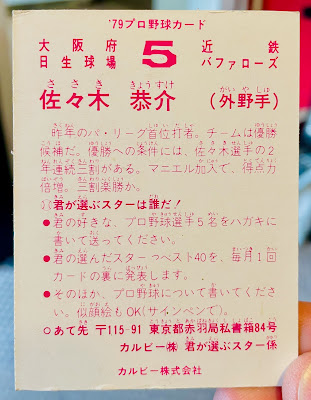This theater will honor the recent passing of Robert Redford with several screenings during the 2025 holidays, including The Natural (1984) on December 19.
Redford's selection to play farm boy and baseball phenom Roy Hobbs fits how many fans saw him on screen, as a man born to portray memorable characters from our American mythos. The movie's outstanding supporting cast helps Hobbs hit every note, from striking out "The Whammer" (Joe Don Baker, who also passed this year), to his obsessive and deadly fan (Barbara Hershey), to Glenn Close as his Lady in White. This Cambridge screening complements two pieces of its history, as The Natural borrowed from the life of local boy Eddie Waitkus and happens on a date close to its "triggering event," gun pun intended.
How Cambridge Shaped its "Natural"
Future two-time All-Star and superlative gloveman Eddie Waitkus grew up in East Cambridge in the 1930s, a time of Depression economies and ever-present ballgames, when players of all ages filled sandlots to hone their skills. On December 14, 1949, the Cubs accidentally set The Natural in motion by trading Waitkus to the Phillies. This fine episode of Phillies Baseball Cards lays out what happened next.
Waitkus saw industry all around him, as East Cambridge held an almost endless supply of manufacturing and shipping companies. Eddie's SABR biography cites Cambridge Field as his proving ground, excerpted here from the city's outstanding 1930 Bromley atlas.
Cambridge Field sat two dense city blocks from Boston Woven Hose and Rubber Company, the Boston & Albany Railroad Station, and dozens of other manufacturers. (Eddie's mother died young of pneumonia, perhaps "aided" by this background environment of soot and smoke that locals inhaled every day.)
The pastoral, farm-grown youth imagined for Roy Hobbs in its 1984 film presents talent as something elemental and untouched. East Cambridge in the Depression era played a dense and crowded game, with boys striving alongside men on ballfields and factory floors. Eddie started playing baseball without a glove and those games became a forge for his physical abilities, making any "natural" swing a reflection of that workmanlike environment. (Joe Jackson emerged under similar conditions, playing for his South Carolina mill team by age 13.)
The 1939 "Baseball Centennial"
Those late 1930s felt so hard for so many Americans that owners looked for a reason to celebrate baseball, invented or not. On screen, Roy Hobbs and his Knights sport this 1939 jersey patch, honoring that purported centennial and perhaps as a cinematic nod to Pride of the Yankees.
Recovery and Reframing
Shot by a young woman in June 1949, Eddie healed from his injuries well enough to reappear in public life later that year. Those who read The Natural as a novel when released in 1952 and associated it with Waitkus would also remember he played a full season in 1950 and helped Philly's "Whiz Kids" win their NL Pennant. The novelized version of this attack by Harriet Bird, a woman of education and theatrics, thus transforms this life-threatening event into a necessary part of Roy (and Eddie's) struggle, instead of its interruption and possible bookend.
Eddie's status as a decorated war hero who survived a stateside shooting now seemed doubly mythic, as anyone who linked Waitkus to The Natural could reassign his experiences of violence into symbolic acts, rather than reflections on war or fanaticism. His 1955 Bowman card shows a new shape to that storyline.
As with The Natural, Bowman's card simplifies this complex history into a handful of challenges to be overcome. In one sense, the deranged girl shoots Waitkus to "aid" an American hero's journey, he finds a woman who understands human nature, she inspires him to success, and they enjoy a happy home together. Eddie's story ends about as neat as the movie that followed, sans exploding ballpark lights.
Finding the Fenway Faithful
Baseball myth flows both ways, as Curt Schilling's bloody 2004 World Series sock reminded many of Roy Hobbs bleeding through his jersey before hitting The Natural's climactic homer. Each felt like destiny, once achieved!
Whether or not you can attend Brattle's screenings in person, their latest podcast dedicated two hours to Redford's retrospective and is worth the time of any cinephile.




































